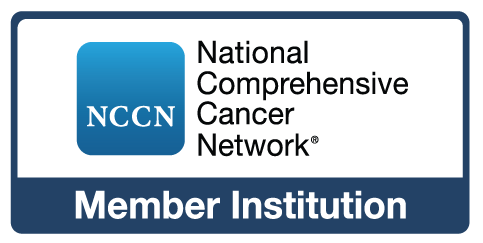Long-term Follow-up Study for Participants Previously Treated with Ciltacabtagene Autoleucel company-sponsored clinical studies.
| Protocol No. | CTO-68284528MMY4002 | Scope | National |
|---|---|---|---|
| Principal Investigator | Rafat Abonour | Treatment Type | Other |
| Age Group | Adult | Phase | NA |




